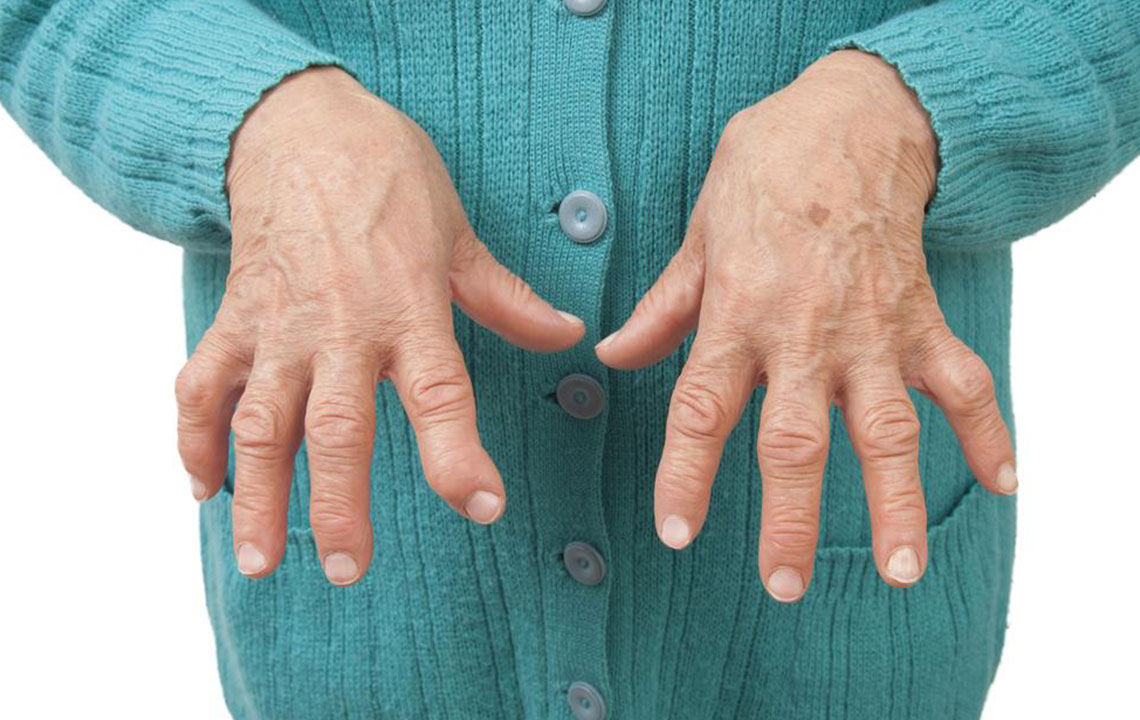Comprehensive Guide to Types of Arthritis: Symptoms, Causes, and Management
This comprehensive guide explores the various types of arthritis, including osteoarthritis, rheumatoid arthritis, psoriatic arthritis, fibromyalgia, and gout. It details their symptoms, causes, and management strategies, providing valuable insights for those seeking to understand or manage these common conditions.

Understanding the Different Types of Arthritis and Their Symptoms
Arthritis is a broad term that refers to over 100 different joint conditions, each with distinct causes, symptoms, and treatment approaches. Despite its common usage, many people are unaware of the diversity within arthritis, which can lead to misdiagnosis or inadequate treatment. The most common forms include osteoarthritis, rheumatoid arthritis, psoriatic arthritis, fibromyalgia, and gout. Gaining a thorough understanding of these conditions is essential for early detection, effective management, and improved quality of life.
This comprehensive guide offers an in-depth overview of each type of arthritis, highlighting their unique characteristics, symptoms, causes, and some helpful management strategies. By the end of this article, readers will have better insights into these prevalent conditions, allowing for more informed conversations with healthcare providers and proactive health management.
Fibromyalgia: Fibromyalgia is often mistaken for an inflammatory joint disorder, but it is actually a neurological disorder that affects how your brain and spinal cord process pain signals. People living with fibromyalgia experience a pervasive burning sensation that can occur all over the body, accompanied by heightened sensitivity to pain. Since it doesn’t cause inflammation, diagnosing fibromyalgia can be challenging — there are no specific blood tests or imaging that can confirm it. Symptoms often include profound fatigue, sleep disturbances, difficulty concentrating (sometimes called 'fibro fog'), and mood disorders such as depression. Managing fibromyalgia typically involves a combination of medication, physical therapy, stress management, and lifestyle modifications.
The next common type is osteoarthritis, which primarily affects older adults but can also impact younger individuals due to injury or repetitive stress. Osteoarthritis results from the progressive deterioration of cartilage—the smooth tissue that cushions joints. When this protective layer diminishes, the bones in the joint start to rub directly against each other, causing pain, swelling, and decreased mobility. Over time, the condition can lead to changes in the bone, inflammation of the joint lining (synovium), and damage to surrounding tissues like ligaments. Symptoms often include joint stiffness, tenderness, a grating sensation during movement, and swelling.
Another significant form is rheumatoid arthritis (RA), an autoimmune disease where the immune system mistakenly attacks the body's own tissues, primarily targeting the synovium—the lining of the joints. This persistent immune response results in inflammation, pain, swelling, and eventually joint destruction if untreated. RA can also affect other organs such as the lungs, skin, and eyes. Early diagnosis followed by appropriate disease-modifying treatments can slow disease progression and prevent irreversible damage.
Psoriatic arthritis is an autoimmune condition linked to the skin disorder psoriasis. It causes joint inflammation, swelling, and pain, particularly affecting the tendons and ligaments attached to bones. This condition can be persistent and may fluctuate between active flare-ups and remission phases. Management strategies include medications like NSAIDs, biologics, and lifestyle adjustments. Some dietary elements, including aloe vera, apple cider vinegar, capsaicin, Dead Sea salts, oats, Oregon grape, tea tree oil, and turmeric, may help alleviate symptoms or reduce inflammation.
Gout is a form of inflammatory arthritis characterized by sudden, intense attacks of pain, redness, and swelling, typically affecting the big toe but also impacting other joints. It results from the accumulation of uric acid crystals in the joint, which occurs when uric acid levels in the blood become elevated due to overproduction or inadequate excretion. Risk factors include obesity, high purine diets, excessive alcohol intake, and certain genetic predispositions. Gout attacks can be extremely painful and require prompt treatment to reduce uric acid levels and prevent future episodes. Long-term management involves dietary modifications, medication to lower uric acid, and lifestyle changes aimed at reducing triggers.





